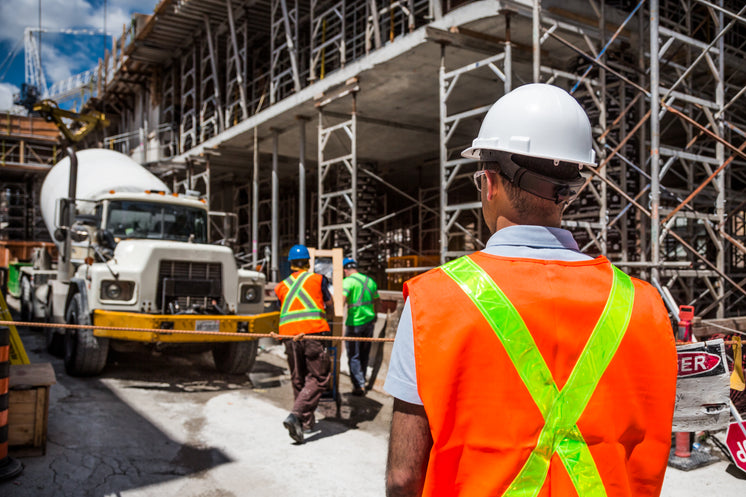Introduction:
The concept of tiny house construction has gained significant attention lately. This housing trend signifies a shift towards more sustainable and minimalist living plans. Making a small house involves producing a compact, practical, and eco-friendly liveable space that meets the average person needs and values of its inhabitants. This report aims to provide a synopsis of the key areas of tiny home building as well as its growing popularity.
Design and Features:
Small houses are typically no larger than 500 sqft and frequently incorporate innovative space-saving solutions. The style of a small household is targeted on maximizing functionality and efficiency without having to sacrifice comfort. Crucial features include loft rooms, multipurpose furniture, collapsible tables, and smart storage space solutions. Distinctive designs ensure that every available inch is used successfully, permitting a comfortable living knowledge within a small area.
Sustainability and Affordability:
One of the most significant reasons for the increasing interest in little residence building is its possibility of environmental sustainability.
Tiny House Interior houses tend to have a smaller sized ecological footprint compared to conventional homes. These homes require a lot fewer building materials, eat less power for hvac, and reduce liquid consumption. Numerous small homes are made using sustainable materials eg reclaimed wood, recycled insulation, and eco-friendly devices. In addition, the smaller room promotes a far more conscious and minimalistic life style, lowering overall usage.
Also, little homes are often cheaper in comparison to traditional houses. Reduced building expenses and reduced upkeep expenses cause them to appealing alternatives for individuals seeking to reduce their monetary burdens. Small houses can provide homeowners the chance to downsize their possessions and mortgage while supplying them with greater economic freedom.
Mobility and Flexibility:
Another appealing element of small residence building is the potential for flexibility. Many little houses are built on trailers, permitting individuals to move their homes easily. This flexibility is very appealing to people who favor a nomadic life style or want the flexibility to call home in various locations. Little houses can be towed behind a car, allowing residents to explore new environments without having to invest in property. The freedom to maneuver while the power to transform areas offer a unique feeling of adventure and versatility for tiny proprietors.
Difficulties and Regulations:
While there are several benefits to small home building, it is important to recognize the challenges and laws involving building and staying in a small household. Many jurisdictions have strict zoning laws and building codes that will limit or stop the construction of small houses. Zoning laws usually need at least square video footage for residential properties, making little houses non-compliant using places. Additionally, use of standard amenities such as for instance water, electricity, and sewage may be challenging in rural or undeveloped places.
Summary:
Tiny residence building represents a growing trend in sustainable living. The style and popular features of these domiciles prioritize functionality, efficiency, and ecological consciousness. Affordability, flexibility, and freedom are additional factors that subscribe to the increasing popularity of little house residing. But is a must for prospective builders and residents assure they're fully alert to the area regulations and difficulties of little homes. As more people look for alternative residing plans and a far more sustainable lifestyle, industry for small home construction is anticipated to keep to grow into the following many years.

